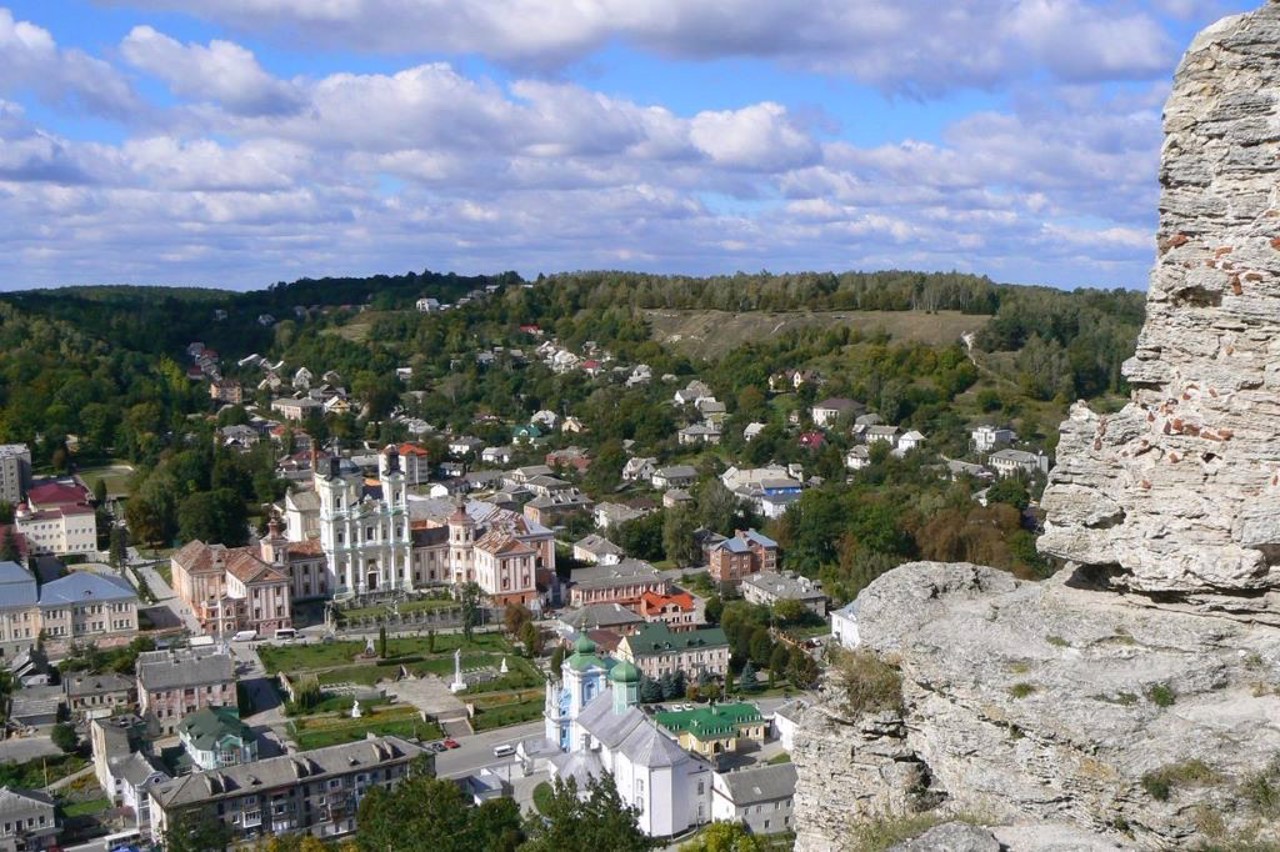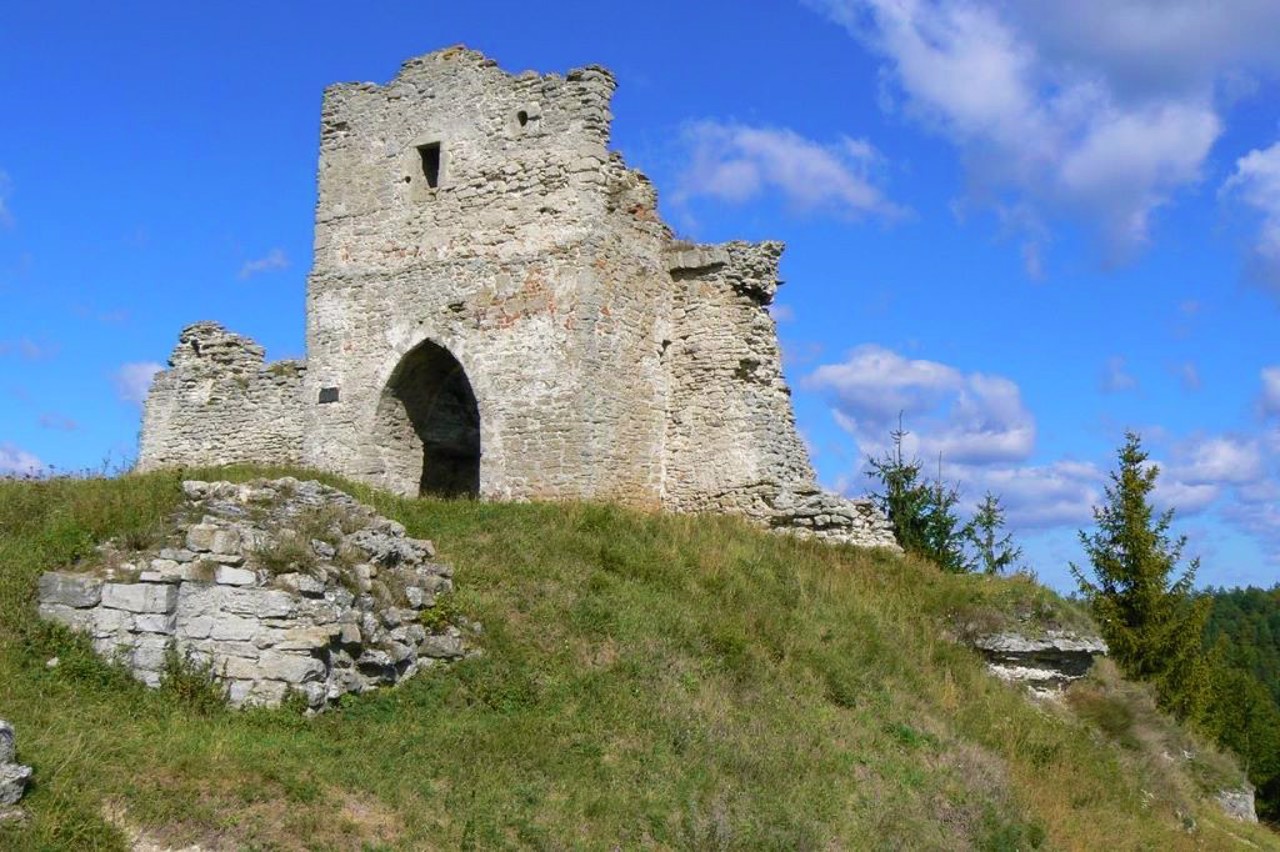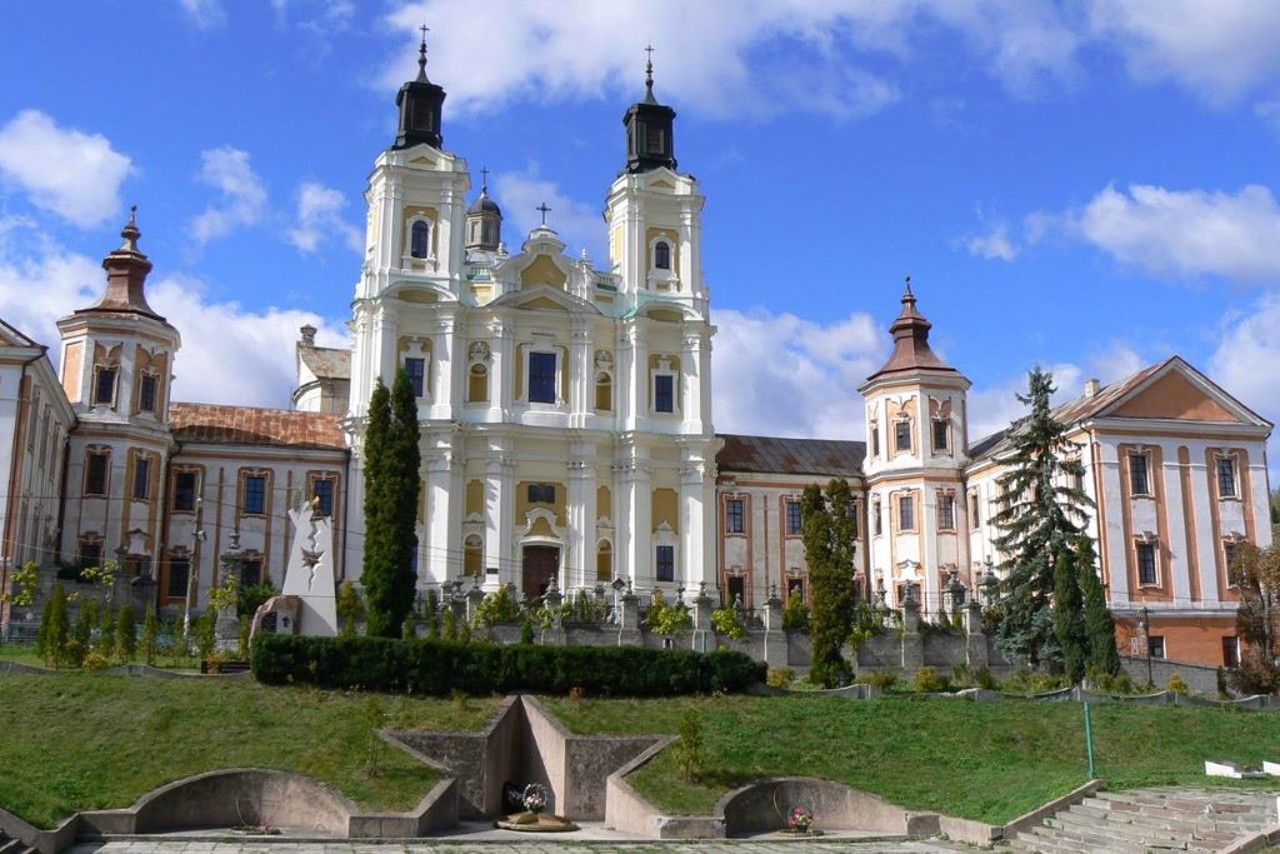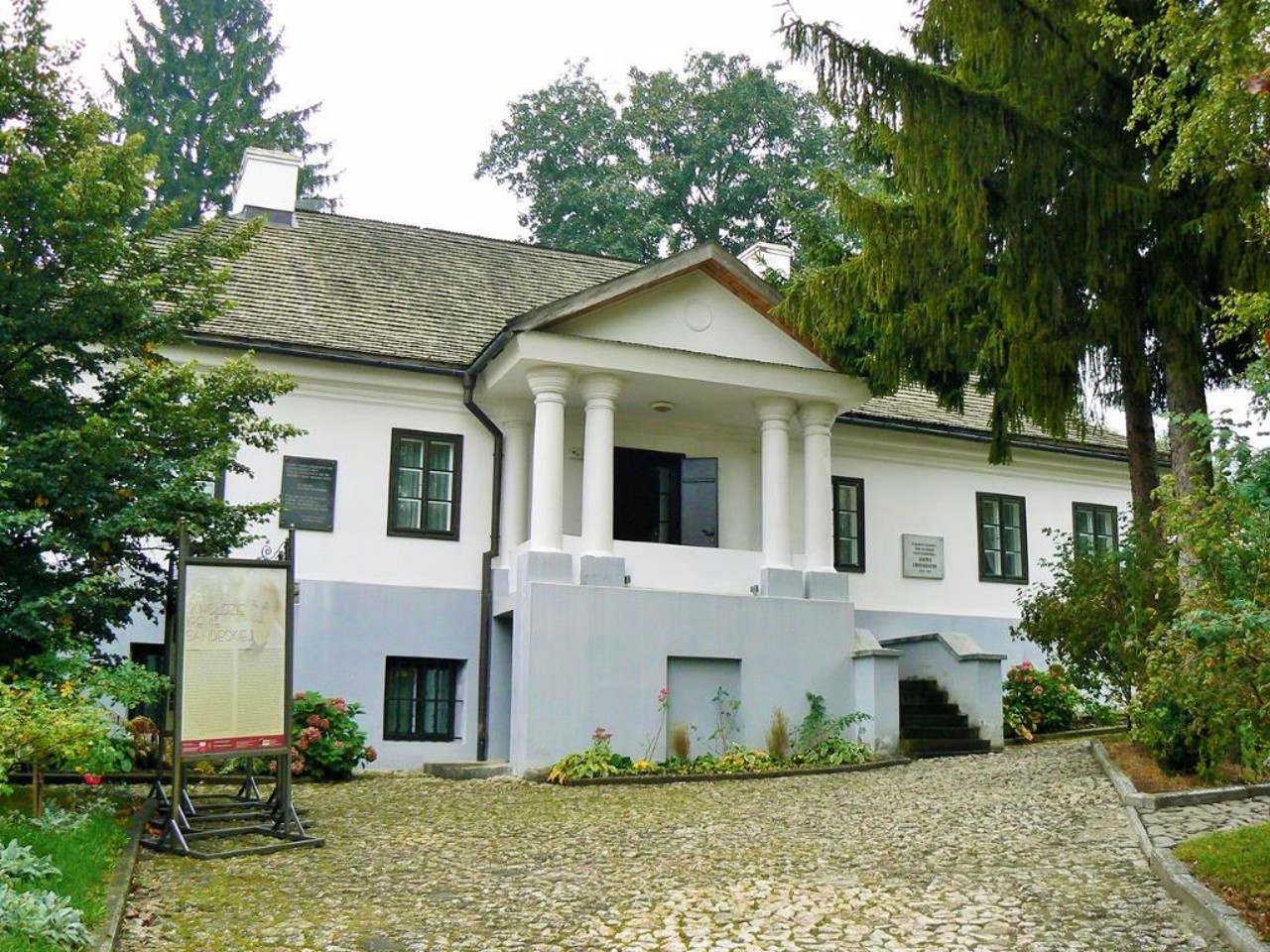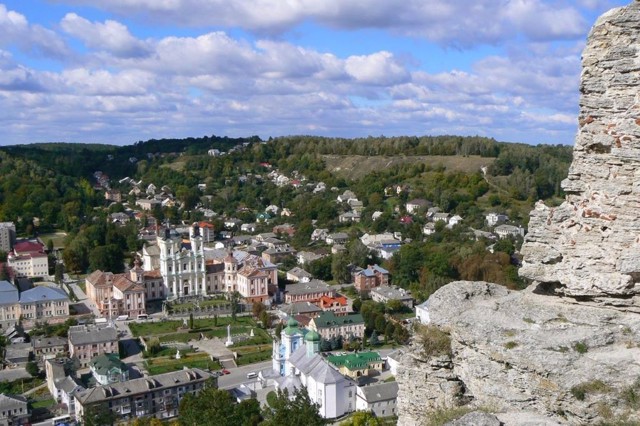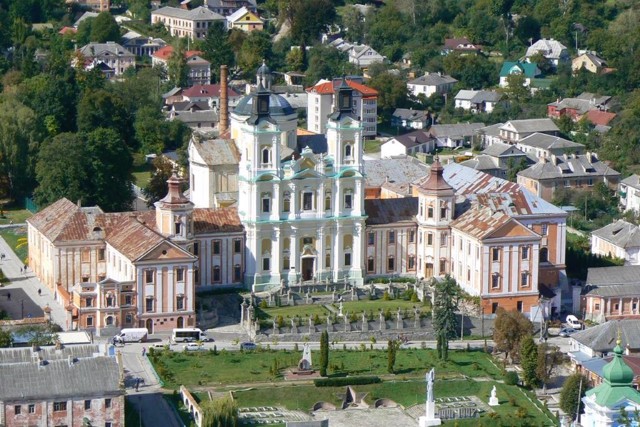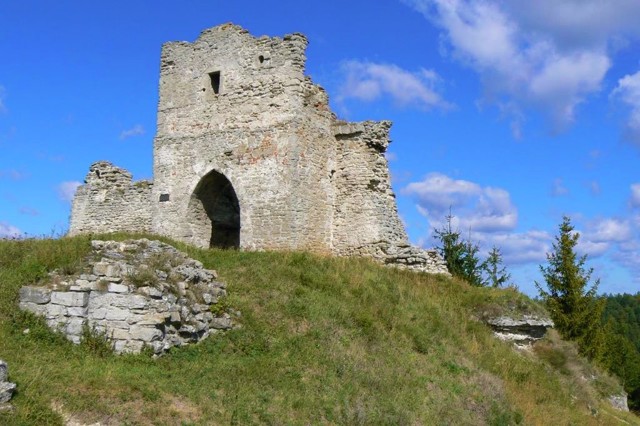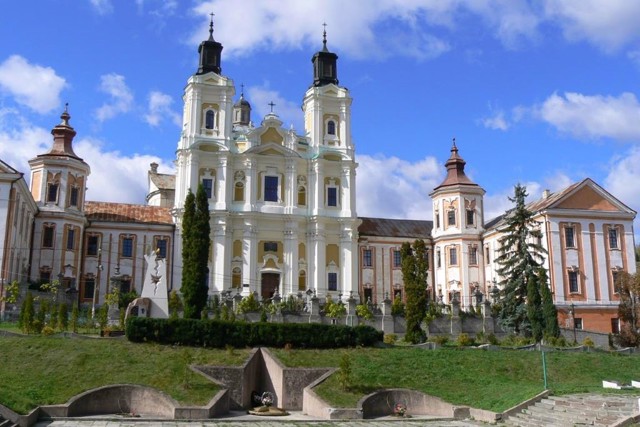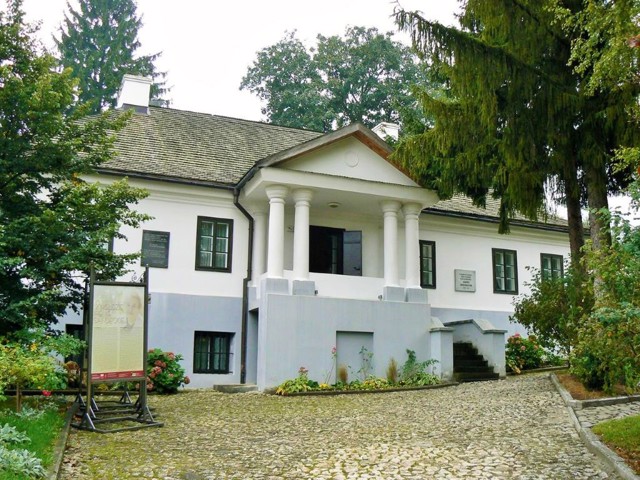Functional temporarily unavailable
General information about Kremenets
The city of Kremenets is a picturesque regional center in the hilly valley of the Irva River among the spurs of the low Kremenets Mountains.
It was first mentioned in the Ipatiyiv Chronicle in 1226, when Prince Mstyslav Udatnyi defeated the troops of the Hungarian king Andriy II, who was trying to capture the city. The Kremenets castle in 1240 withstood the siege of the horde of Khan Batyi, but in 1259 Prince Vasylko (brother of Danylo Halytskyi) himself destroyed the fortress under the terms of an agreement with Temnik Burunday.
The fortifications were restored only during the reign of Mstyslav Danylovych at the end of the 13th century. After joining Lithuania and Poland in 1431, Kremenets received the Magdeburg Law. In 1536 p. King Sigismund I presented the city ...
The city of Kremenets is a picturesque regional center in the hilly valley of the Irva River among the spurs of the low Kremenets Mountains.
It was first mentioned in the Ipatiyiv Chronicle in 1226, when Prince Mstyslav Udatnyi defeated the troops of the Hungarian king Andriy II, who was trying to capture the city. The Kremenets castle in 1240 withstood the siege of the horde of Khan Batyi, but in 1259 Prince Vasylko (brother of Danylo Halytskyi) himself destroyed the fortress under the terms of an agreement with Temnik Burunday.
The fortifications were restored only during the reign of Mstyslav Danylovych at the end of the 13th century. After joining Lithuania and Poland in 1431, Kremenets received the Magdeburg Law. In 1536 p. King Sigismund I presented the city of Kremenets to his wife Bona from the Italian family of Sforza. In 1648 the Kremenets castle was taken and destroyed by the Cossack detachment of Maksym Krivonos.
A tower with a gate and defensive walls have been preserved on the Castle Hill. Cossack crosses still stand at the Pyatnytske cemetery below. In the XVII century. the Epiphany Monastery was built in the city, at which Metropolitan Petro Mohyla founded a fraternal school. Thanks to the founded in the XIX century. For the Kremenets Lyceum, the city became a significant center of education in this region. Polish poet Yuliush Slovatskyi was born in Kremenets.
Preserved about 50 monuments of history and architecture. Recently, the tourist infrastructure has been actively developing, since the city is a convenient transshipment base when traveling to the nearby Pochaiv Lavra and to the source of Ssint Anna. In the second half of May, the festival of historical reconstructions "Old fortress" takes place in Kremenets.
Місто Кременець - мальовничий райцентр в горбкуватій долині річки Ірви серед відрогів невисоких Кременецьких гір.
Вперше згадується в Іпатіївському літописі в 1226 році, коли князь Мстислав Удатний розбив війська угорського короля Андрія ІІ, який намагався захопити місто. Кременецький замок в 1240 році витримав облогу орди хана Батия, але в 1259 році князь Василько (брат Данила Галицького) сам зруйнував фортецю за умовами договору з темником Бурундаєм.
Укріплення були відновлені лише за часів правління Мстислава Даниловича в кінці XIII століття. Після входження до складу Литви та Польщі в 1431 році Кременець отримав Магдебурзьке право. В 1536 році король Сигізмунд I подарував місто Кременець своїй дружині Боні з італійського роду Сфорца. У 1648 році Кременецький замок був вз ...
Місто Кременець - мальовничий райцентр в горбкуватій долині річки Ірви серед відрогів невисоких Кременецьких гір.
Вперше згадується в Іпатіївському літописі в 1226 році, коли князь Мстислав Удатний розбив війська угорського короля Андрія ІІ, який намагався захопити місто. Кременецький замок в 1240 році витримав облогу орди хана Батия, але в 1259 році князь Василько (брат Данила Галицького) сам зруйнував фортецю за умовами договору з темником Бурундаєм.
Укріплення були відновлені лише за часів правління Мстислава Даниловича в кінці XIII століття. Після входження до складу Литви та Польщі в 1431 році Кременець отримав Магдебурзьке право. В 1536 році король Сигізмунд I подарував місто Кременець своїй дружині Боні з італійського роду Сфорца. У 1648 році Кременецький замок був взятий і зруйнований козацьким загоном Максима Кривоноса.
На Замковій горі збереглися вежа з воротами й оборонні стіни. Внизу на П'ятницькому цвинтарі досі стоять козацькі хрести. В XVII столітті в місті був побудований Богоявленський монастир, при якому митрополит Петро Могила заснував братську школу. Завдяки заснованому в XIX столітті Кременецькому ліцею місто стало значним центром освіти в цьому регіоні. У Кременці народився польський поет Юліуш Словацький.
Збереглося близько 50 пам'яток історії та архітектури. Останнім часом активно розвивається туристична інфраструктура, оскільки місто є зручною перевалочною базою при подорожах в розташовану неподалік Почаївську лавру та до джерела Святої Анни. У другій половині травня в Кременці проходить фестиваль історичних реконструкцій "Стара фортеця".
Сплануй своє перебування у Kremenets
What to see and where to go in Kremenets
Tourist attractions and museums of Kremenets
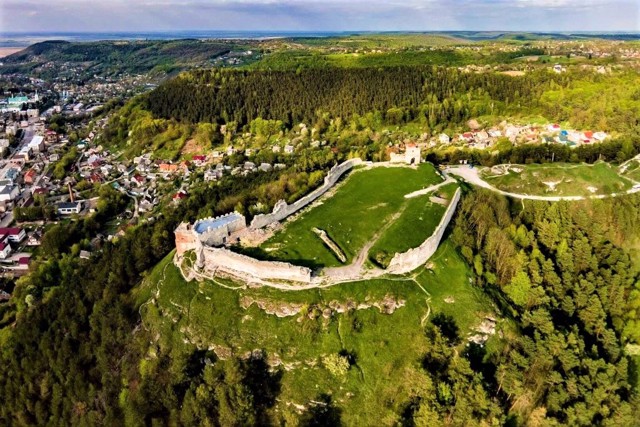
Kremenets Castle Bona
Castle / fortress
Stone Kremenets Castle on the site of an ancient Rus settlement was built in the 12th century on the top of Castle Hill (Bona). In the 15th century, by order of the Grand Duke Vitovt of Lithuania, it was strengthened with defensive walls.
The prosperity of Kremenets Castle is connected with the name of the Neapolitan princess Bona Sfortsa, the wife of Polish King Syhizmund I, who gave her Kremenets in 1536. A relative of the Roman emperor, Bona strengthened the castle, which at that time had three towers, high walls and a garrison armed with cannons. The castle yard housed barracks, a powder cellar, a siege well (80 meters) and a palace, which Bona turned into a luxurious residence. Although there is no reliable information about the stay of Queen Bona in Kremenets, since those times there have been legends about her beauty, temperament, experience in intrigues, but also about her extreme cruelty.
In 1648, the Kremenets Castle was stormed and completely destroyed by the Cossack detachment of Maksym Kryvonos. A tower with a gate and defensive walls have been preserved.
Excursions are conducted by employees of the Kremenets-Pochaiv state historical and cultural reserve.
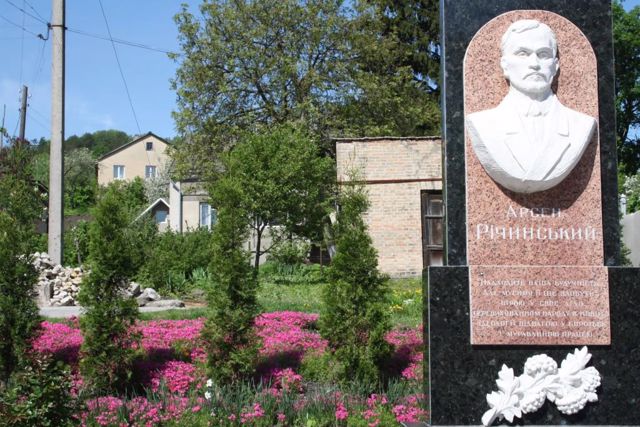
Arsen Richynskyi Museum
Museum / gallery
The Arsen Richynskyi Museum was founded in 2004 at the Kremenets Medical School, which bears the name of this outstanding Ukrainian public, political and church figure, composer, photographer, local historian, founder of Ukrainian ethnology of religion, and doctor. The museum was opened in 2008.
The museum's exposition contains numerous and interesting historical documents, books, and photographs that illustrate the life path of this extraordinary personality. The author of most of the photographs displayed on the museum stands is Arsen Richynskyi himself, as he was a professional photographer. The captions to the photographs are his own.
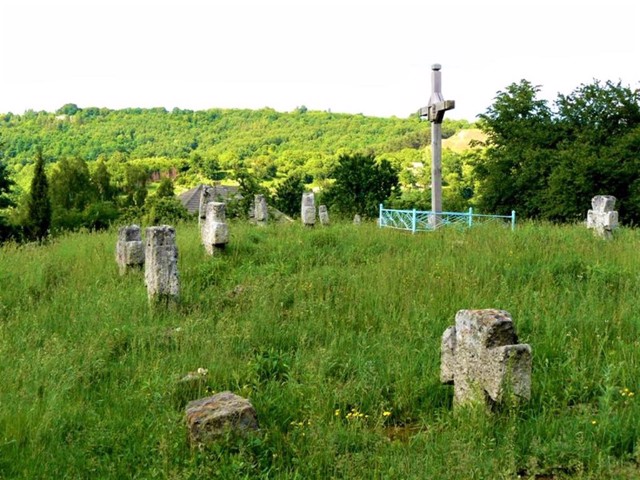
Cossack Cemetery
Historic area
A monument to the Cossacks Maksym Kryvonos, who died in 1648 during the storming of Kremenets Castle, as well as graves with stone Cossack crosses of the 17th and 18th centuries are located on the territory of the current Pyatnytskyi cemetery at the foot of Mount Chercha.
Over a hundred stone tombstones with crosses have survived in the Cossack cemetery of Kremenets, some of which have inscriptions. The monument in the form of a cross was erected in 1995.
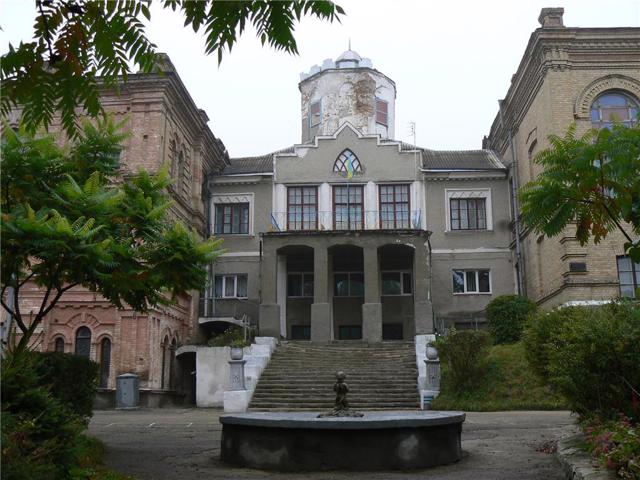
Countess Dzembovska Palace
Palace / manor , Architecture
The palace of Countess Karolina Dzembovska was built in the neoclassical style by the architect Yuzef Hofman before 1750.
The building is maintained in a romantic style with elements of Moorish color. A park was created around the villa by the English gardener Dionysius Mikler.
At the end of the 19th century, the estate belonged to Count Pavlo Demydov. Now it is secondary school No. 2.
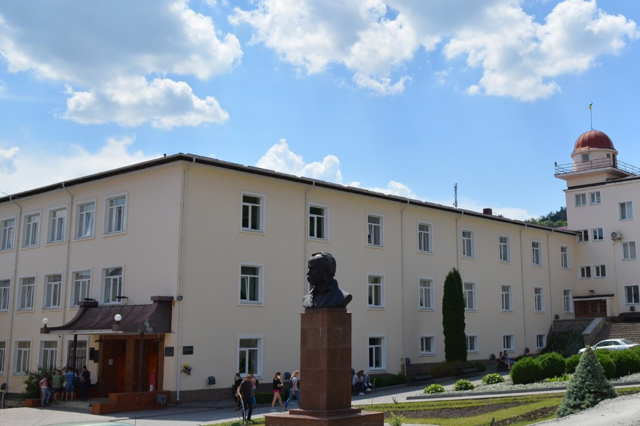
Education History Museum "Volyn Athens"
Museum / gallery
The Museum of the History of Education "Volyn Athens" was established in Kremenets in 2024. It is a structural unit of the Taras Shevchenko Kremenets Regional Humanitarian and Pedagogical Academy.
The museum includes: "Museum of the History of Education", "Scientific Laboratory "Creativity of Ulas Samchuk and Borys Kharchuk: Artistic Chronicle of the 20th Century", "Mazurok Educational and Methodological Center", "European Linguistic and Didactic Educational Hub for the Study of Languages and Cultures", "Gallery of the Founding Fathers of Educational Institutions of the City of Kremenets", etc.
The museum exposition reflects all stages of the history of the Academy.
Reviews Kremenets
Geographical information about Kremenets
| {{itemKey}} | {{itemValue}} |
|---|---|
| Region |
Ternopil |
